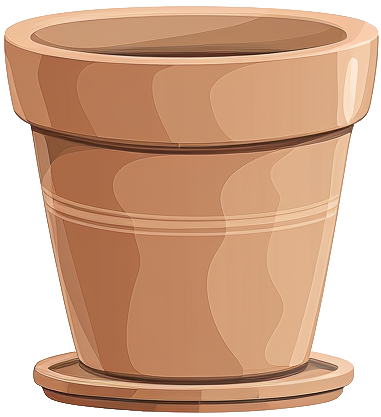- rosa
- chinensis

rosa
chinensis
chinensis
Care level
Medium
Popularity
Popular
This ancient rose variety blooms continuously throughout the growing season, unlike most roses that flower in cycles. Its compact size and natural resistance to many common rose diseases make it perfect for container gardens, where it will happily produce clusters of small, delicately scented flowers in shades from pure white to deep crimson.
Care & maintenance
Light
Light that enters through west or south-facing windows, the most intense light for your interior that will expose plants directly to sunlight.
Temperature
Wide range (-5°C - 35°C)
Fertilization frequency
Moderate
Monthly during the growing period.
Soil
Choose a General purpose mix: A versatile blend with excellent water retention and aeration. Provides balanced nutrition and suitable drainage for a wide variety of houseplants.
If you want to create your own substrate, you can make a mixture of the following soils:
Click on the soil name for more information.
Pot

Standard size
Prefer a pot with a classic width/depth ratio.
Incorrect or incomplete information?
In our goal of building the best plant database, we sometimes make mistakes or have incomplete information. You can help us fill these gaps!
Features
Size & growth
Medium
Upright
Moderate growth
This plant grows at a moderate rate. It can reach 30 to 90 cm in height or spread.
It grows upwards without support.
Toxicity
| Cat | |||
|---|---|---|---|
| Dog | |||
| Human |
Reproduction & propagation
Fruits & flowers
Flowering & not self-pollinating
The rosa chinensis can produce flowers and therefore fruits.
This plant is not capable of self-pollination, it will not be able to produce fruits if it is not pollinated by another individual.



